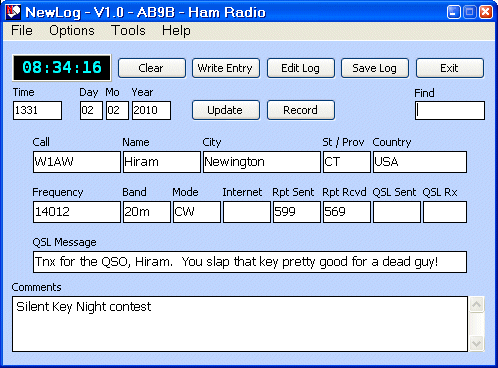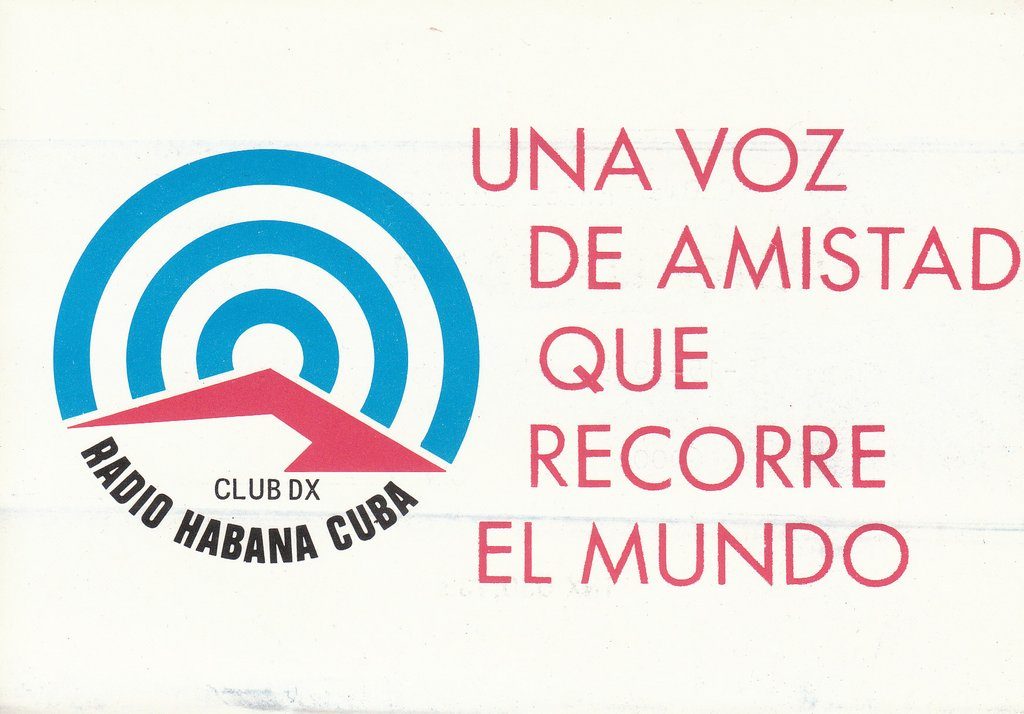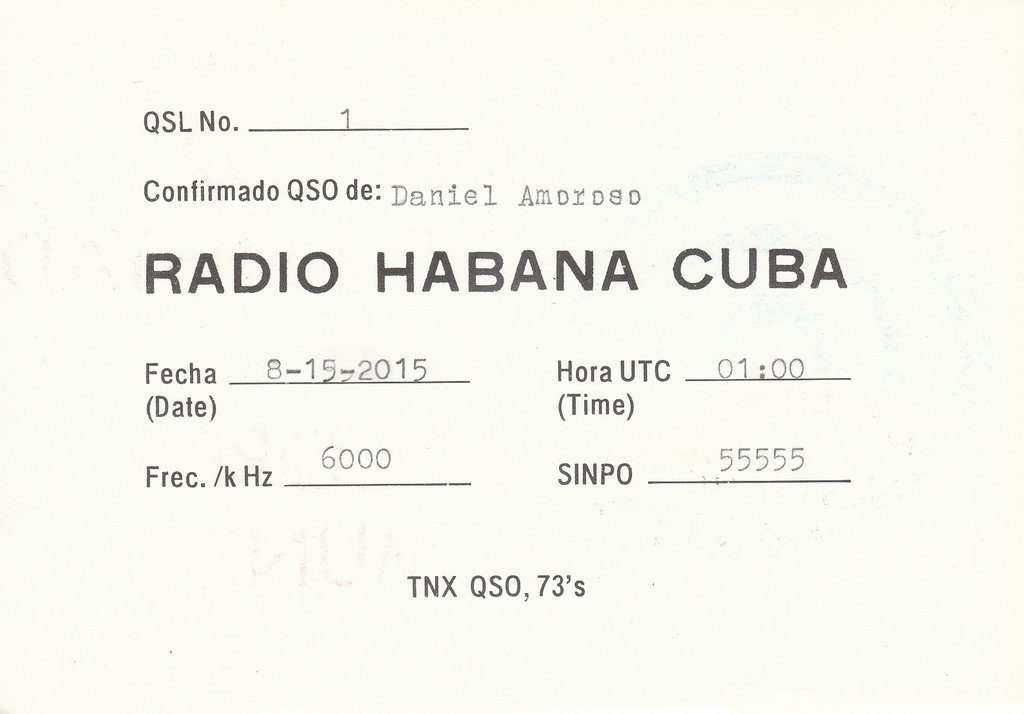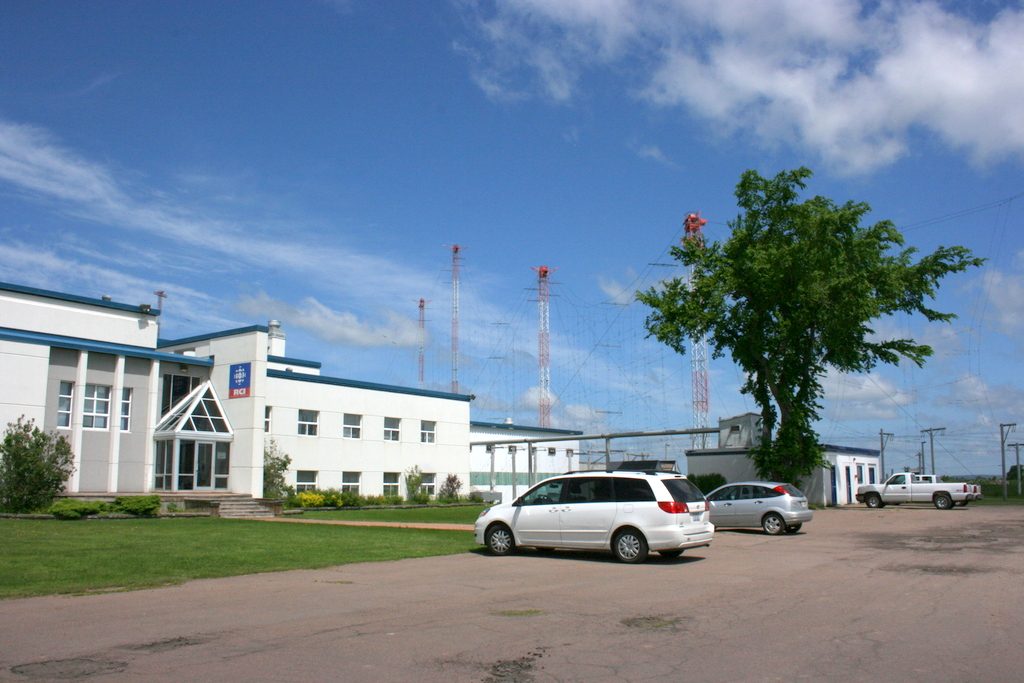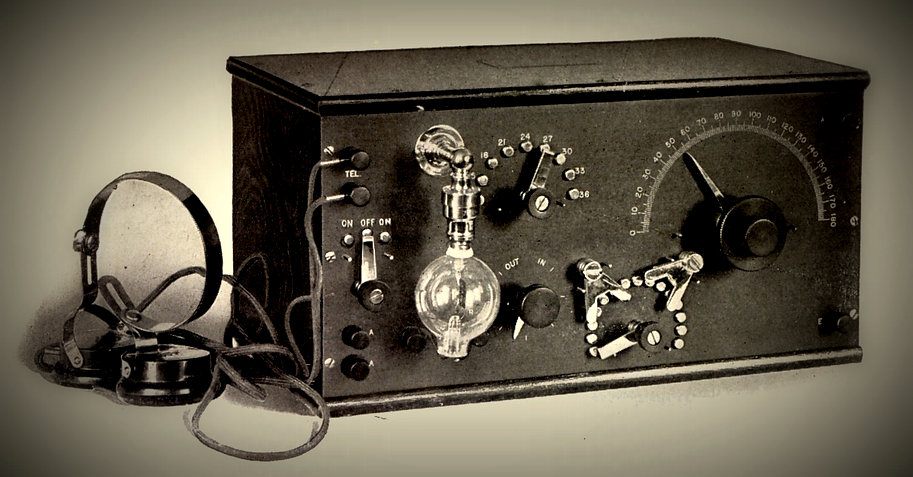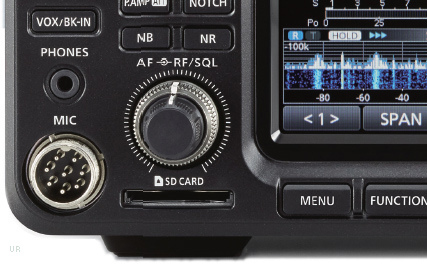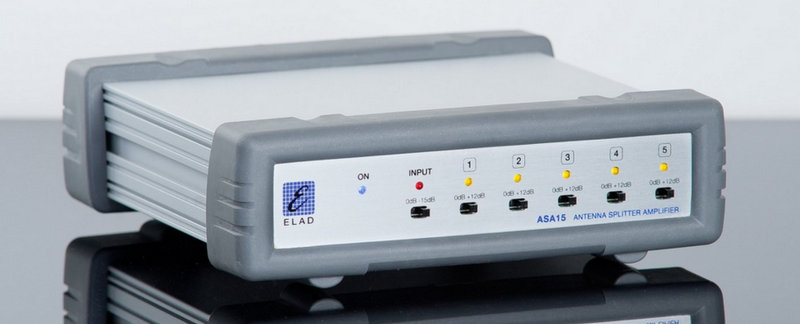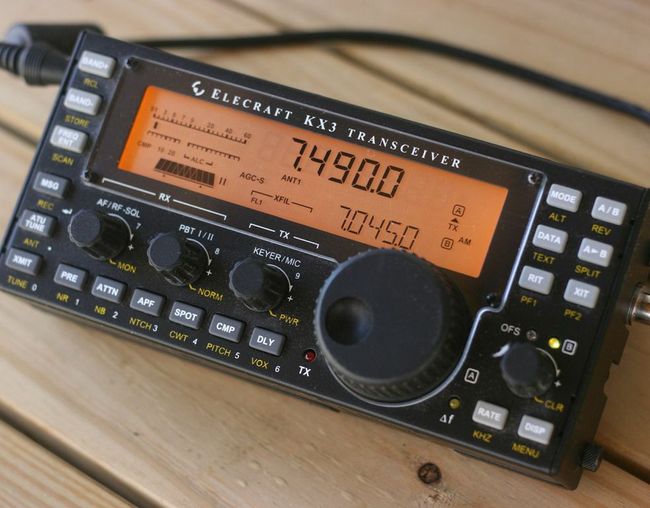 This year, I have a lot of portable radio play in mind as I travel across the continent. At some point, I even plan to spend several days in an off-grid cabin on the coast.
This year, I have a lot of portable radio play in mind as I travel across the continent. At some point, I even plan to spend several days in an off-grid cabin on the coast.
In the past, I’ve powered my 12 VDC ham radio transceivers with a system comprised of three PowerFilm solar 5 watt foldable PV panels (see below), a Micro M+ charge controller and several gel cell type sealed batteries (a couple 7 Ah and one 20 Ah).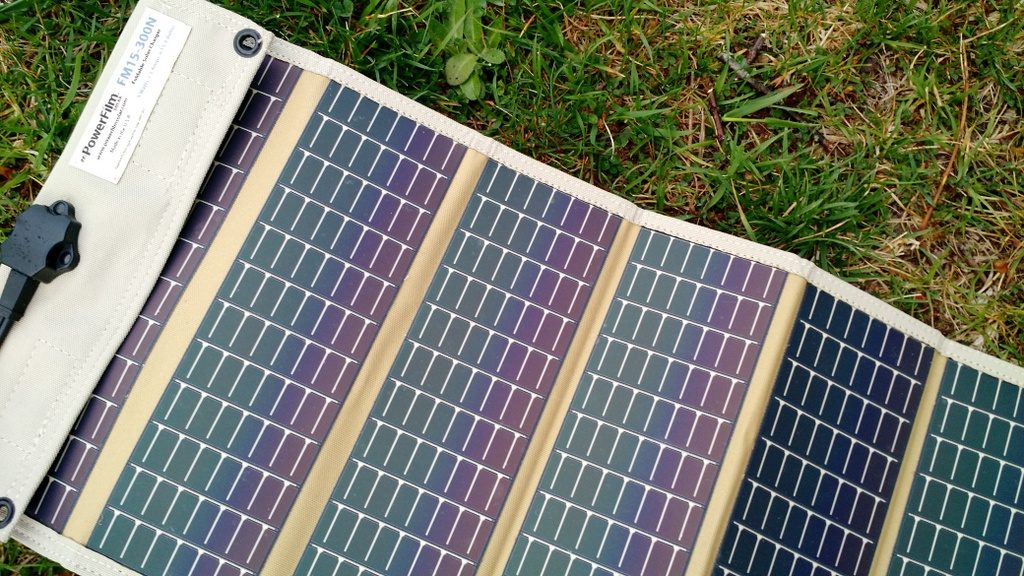
The system works well, but the batteries are a little heavy and unhandy when I want to hike into a remote site or play radio on the beach, for example.
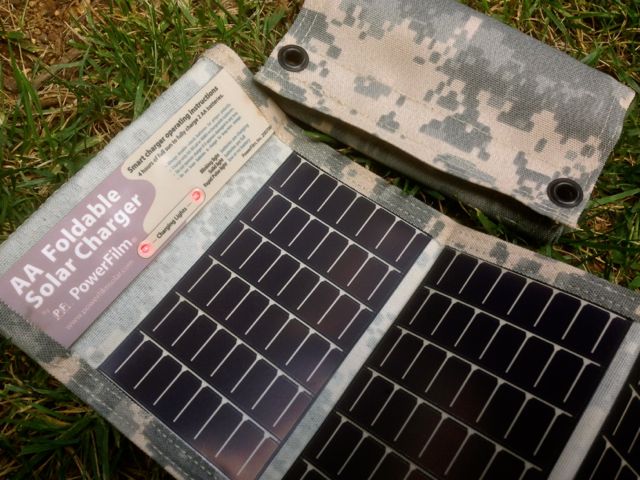
In terms of receivers, my portables (like the Sony ICF-SW7600GR, Tecsun PL-660, etc.) simply use AA batteries which I charge with PowerFilm AA PV chargers (see above). My CommRadio CR-1a has an internal battery that will power it for hours at a time.
Power is much less of an issue with receivers because they’re quite resource efficient.
I mainly need a system to power my QRP ham radio gear, and that’s where I could use your experience!
Wish list
Charge controller
I need a new charge controller since my Micro M+ (no longer produced) is now being used to power a remote antenna tuner.
Of course, I’ll need an inexpensive charge controller that doesn’t produce RFI (radio interference).
It would be an added bonus if the charge controller could also charge my batteries when grid power is available.
12 VDC Battery packs
I’d like something relatively lightweight and safe.
Note: LiPo packs worry me, especially since I had one (an early GoalZero model) quite literally melt down and burn up on my bed only a few hours after bringing it back from an eight hour flight a few years ago. Scary!
Pure Sine Wave Inverter
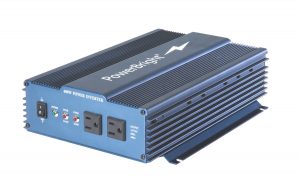
I’d also like a small, efficient pure sine wave inverter that I I could connect to my largest battery and power my laptop for extended SDR spectrum recording sessions while off-grid.
I’d love a recommendation from someone who uses one and can confirm a model that doesn’t create radio interference while operating.
Recommendations?
Post readers: Please comment with your recommendations and include model numbers and links if possible. Thank you in advance!

